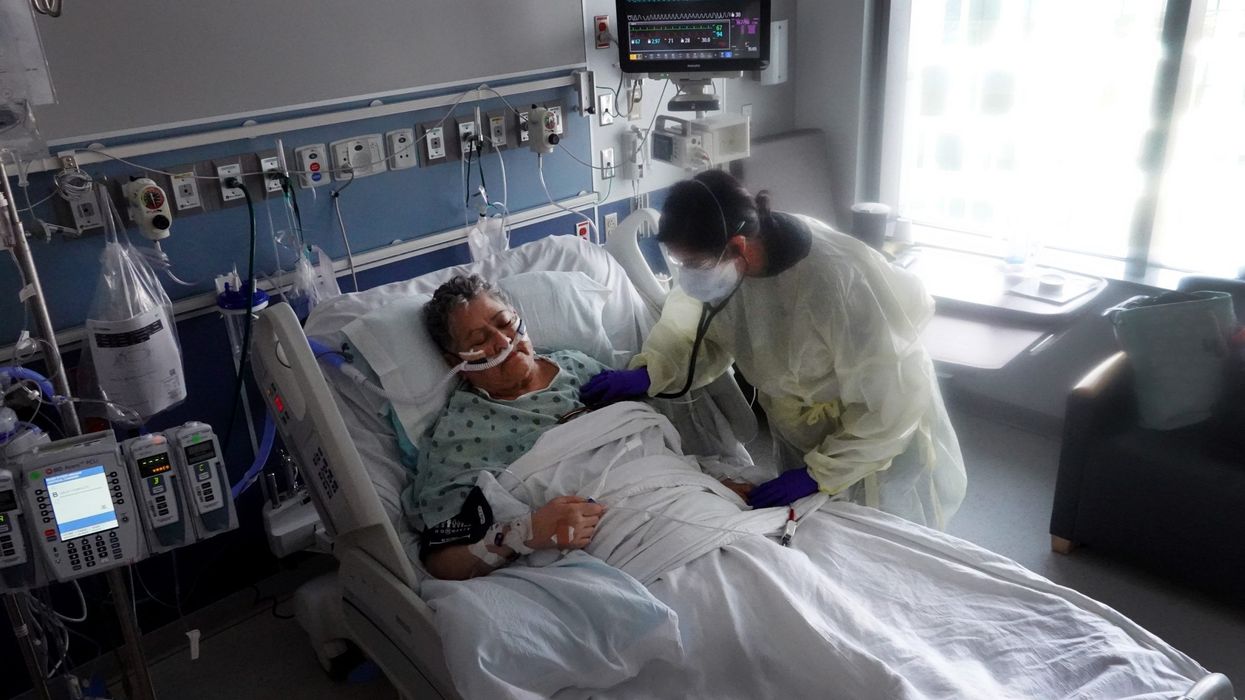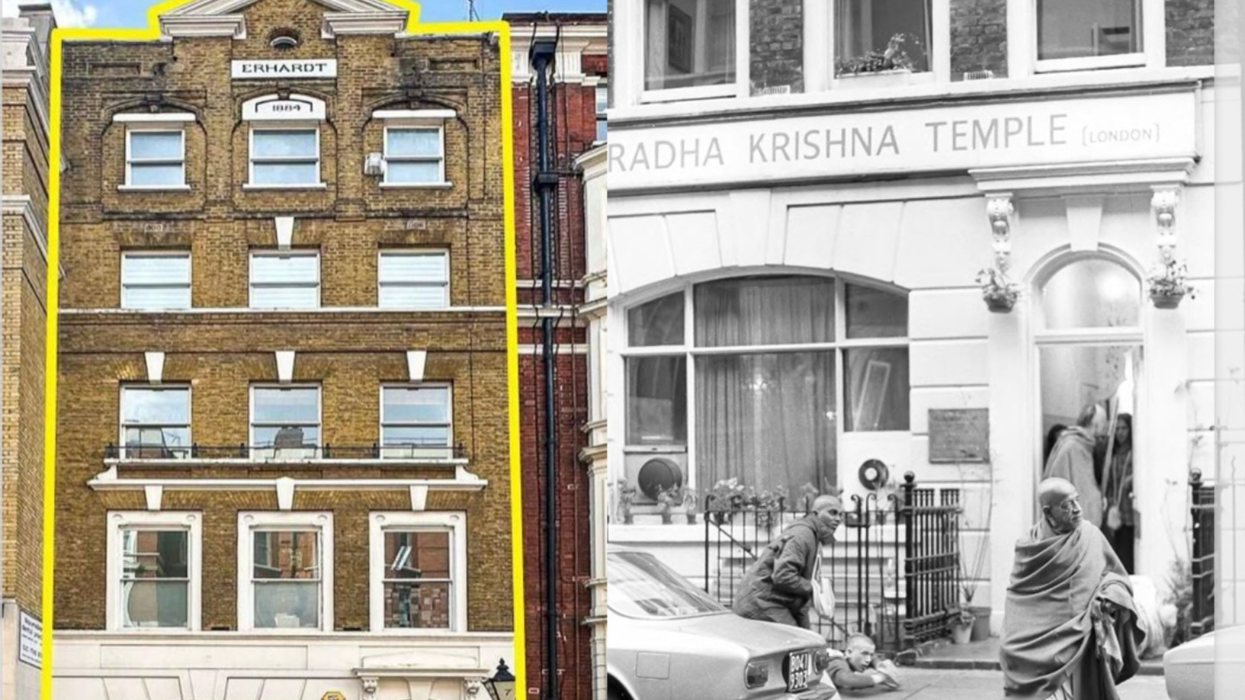New research indicates that the deaths of Covid-19 patients are not caused by the widely believed "cytokine storm," but rather by secondary bacterial pneumonia that goes unresolved.
The study showed that nearly half of the Covid-19 patients requiring mechanical ventilation also developed pneumonia.
This secondary bacterial infection in the lungs is highly prevalent in Covid-19 patients and may be a primary driver of death, possibly even surpassing the mortality rate caused by the SARS-CoV-2 viral infection itself.
Scientists from the Northwestern University Feinberg School of Medicine in the US have used machine learning, a type of artificial intelligence (AI), to analyse medical records and found that Covid-19 does not trigger the so-called "cytokine storm," which is a severe immune reaction where the body releases an excessive amount of cytokines into the blood too quickly.
Cytokines typically play a vital role in normal immune responses, but a sudden influx of them can be detrimental to the body.
Senior author Benjamin Singer, an associate professor at Northwestern University Feinberg School of Medicine said, "Our study highlights the importance of preventing, looking for and aggressively treating secondary bacterial pneumonia in critically ill patients with severe pneumonia, including those with Covid-19”.
According to the recent study published in the Journal of Clinical Investigation, it was found that almost half of the Covid-19 patients develop a secondary bacterial pneumonia that is associated with mechanical ventilation.
"Those who were cured of their secondary pneumonia were likely to live, while those whose pneumonia did not resolve were more likely to die," Singer stated.
"Our data suggested that the mortality related to the virus itself is relatively low, but other things that happen during the ICU stay, like secondary bacterial pneumonia, offset that," he added.
The findings also negate the cytokine storm theory, said Singer, also the Lawrence Hicks Professor of Pulmonary Medicine at Feinberg.
"The term 'cytokine storm' means an overwhelming inflammation that drives organ failure in your lungs, your kidneys, your brain and other organs," Singer said.
"If that were true, if cytokine storm were underlying the long length of stay, we see in patients with Covid-19, we would expect to see frequent transitions to states that are characterised by multi-organ failure. That's not what we saw," he added.
The study analysed 585 patients in the intensive care unit (ICU) at Northwestern Memorial Hospital with severe pneumonia and respiratory failure, out of which 190 patients had Covid-19.
Additionally, the scientists developed a new machine learning approach named CarpeDiem, which uses electronic health record data to group similar ICU patient-days into clinical states. This approach, resembling the concept of daily rounds by the ICU team, helped them to investigate how complications such as bacterial pneumonia affected the disease course.
The Successful Clinical Response to Pneumonia Therapy (SCRIPT) study enrolled patients or their surrogates who consented to participate in the observational trial aimed at identifying new biomarkers and therapies for patients with severe pneumonia.
Within the study, an expert panel of ICU physicians used advanced lung sample analysis as part of clinical care to diagnose and evaluate secondary pneumonia outcomes.
"The application of machine learning and artificial intelligence to clinical data can be used to develop better ways to treat diseases like Covid-19 and to assist ICU physicians managing these patients," said study co-first author Catherine Gao, an instructor in pulmonary and critical care medicine at Feinberg and a Northwestern Medicine physician.
Study co-author Richard Wunderink, who heads the Successful Clinical Response in Pneumonia Therapy Systems Biology Centre at Northwestern stated that the significance of bacterial superinfection of the lung in causing death in Covid-19 patients has been underestimated.
He believes this is because most medical facilities have not examined it, or only assess outcomes in terms of whether or not there is bacterial superinfection, rather than the effectiveness of the treatment.
(PTI)













